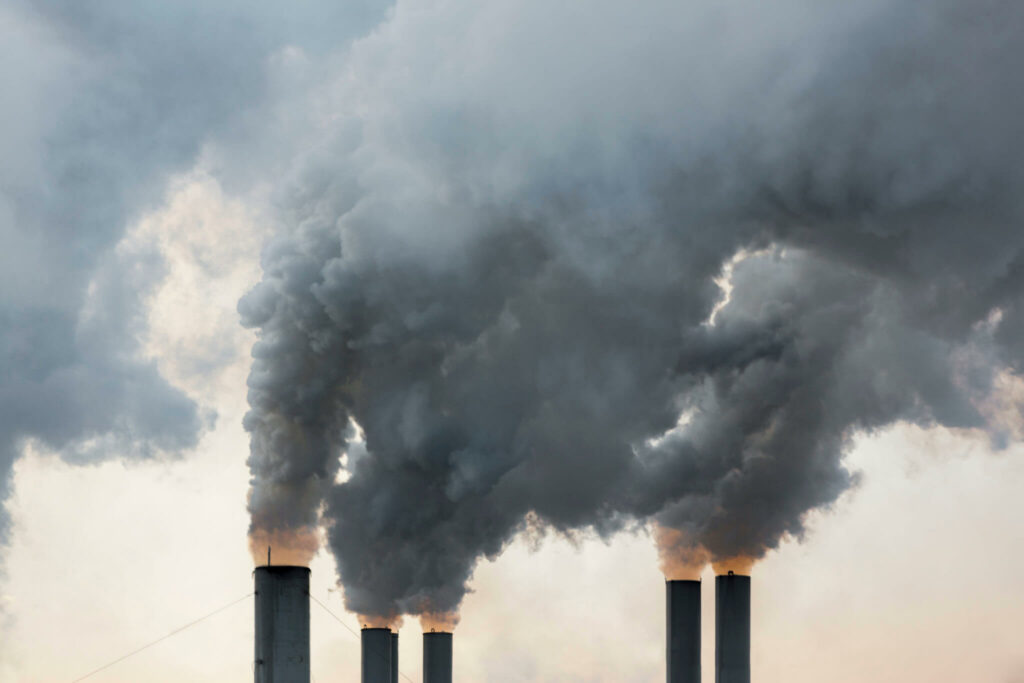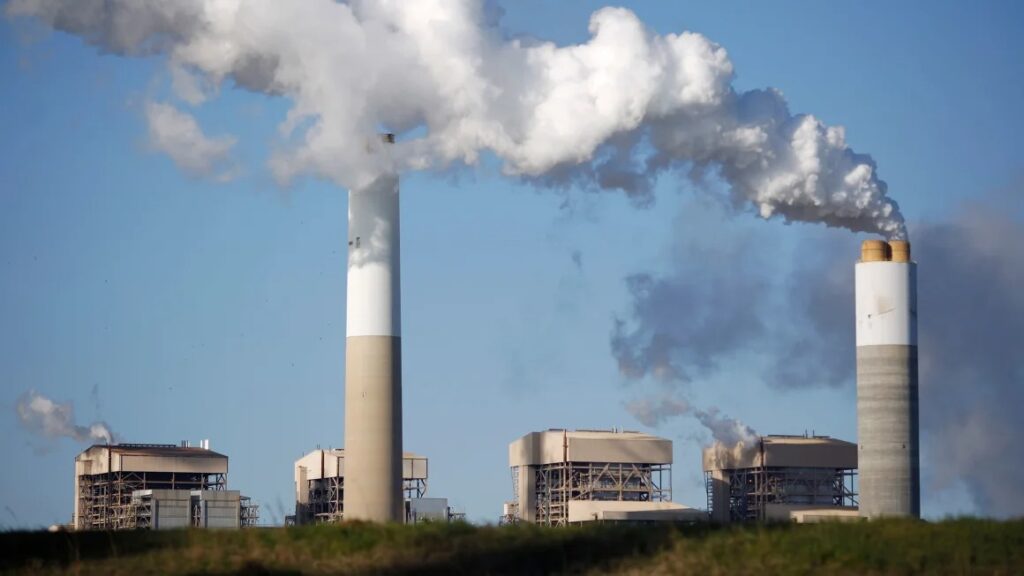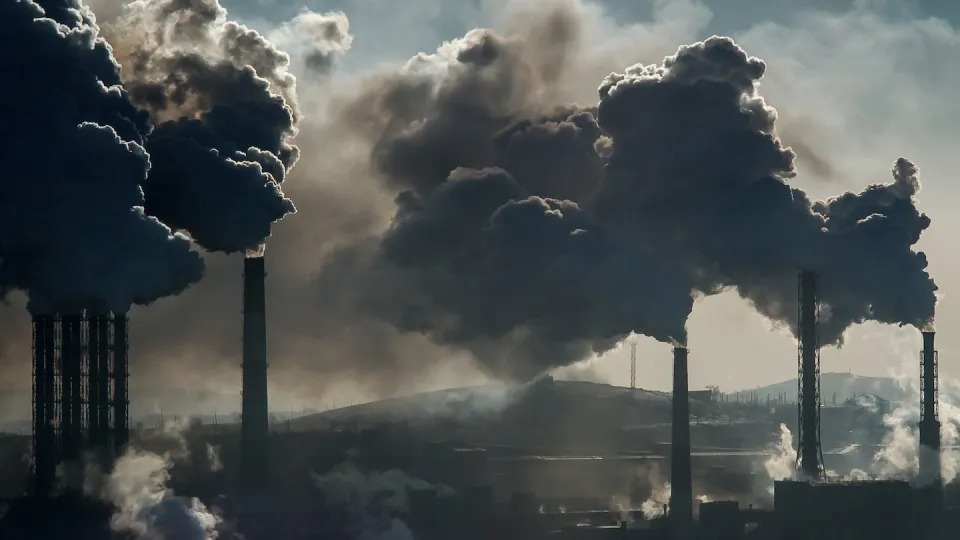United States – Do you belong among the 104,000 Americans whose homes are six miles away from chemical-releasing plants?
The EPA, which has introduced new rules, announced yesterday that these rules might be helpful to your health, according to EPA staff, as reported by Associated Press.
Targeting Harmful Chemicals
The new rule “will strongly reduce air pollution of toxic substances from chemical plants, including ETO and chloroprene”, it was announced by the agency in its press release. “Once efficiently implemented, the regulation will reduce both EtO and chloroprene emissions from covered processes and equipment by about 80%.”
The associations between chemicals and higher chances of lymphoma, leukemia, breast cancer, and liver cancer have been widely known for a long time.
The newly established restrictions also impair the release of benzene, 1,3-butadiene, ethylene dichloride, and vinyl chloride, which share the common denominator — the increased cancer risk.
“In addition, the rule will reduce smog-forming volatile organic compounds by 23,700 tons a year,” the EPA said.
Most of the chemicals were released into the atmosphere by about 200 chemical plants, located across the nation, which are used to make synthetic organic chemicals or a range of polymers and resins in accordance with the EPA.
The factories that emit such airborne pollution generally tend to accumulate in certain isolated areas of the United States, which are predominantly inhabited by people of color and those from low-income backgrounds.

Impact on Environmental Justice and Public Health
“Today marks a victory in the pursuit for environmental justice, with the final rule poised to significantly reduce the toxic air pollution that harms communities in Texas’s Gulf Coast, Louisiana’s Cancer Alley, and throughout the U.S.,” Patrice Simms, vice president for Healthy Communities at the nonprofit advocacy group Earthjustice, said in the EPA statement.
“This is about whether a child gets leukemia or whether a mother develops breast cancer,” Simms told CNN. “It’s about neurological impairment, respiratory disease, heart attacks and stroke. In a very real sense, for many, this is a question of life and death.”
These new rules are actually viewed in the light of fenceline monitoring, in which plants are required to monitor and report concentrations of some toxic substances that may be spilled from their plants.
These fenceline rules broaden the list of targeted processes and equipment to include “makes, uses, stores or emits EtO, chloroprene, benzene, 1,3-butadiene, ethylene dichloride or vinyl chloride” listed above, EPA announced.
The due dates for the rules come up in 90 days (from the date rules take effect) to two years, depending on companies’ needs for orderly implementation and the EPA.

Fenceline Monitoring and Accountability
“For all six pollutants, owners and operators must find the source of the pollution and make repairs if annual average air concentrations of the chemicals are higher than a specified action level at the fenceline,” the agency said, as reported by Associated Press.
The EPA’s WebFIRE webpage will provide fenceline monitoring data to the community at large.
Administrator’s Commitment to Cleaner Air
“We promised to listen to folks that are suffering from pollution and act to protect them,” said EPA Administrator Michael Regan. “Today we deliver on that promise with strong final standards to slash pollution, reduce cancer risk and ensure cleaner air for nearby communities.”











Leave a Reply